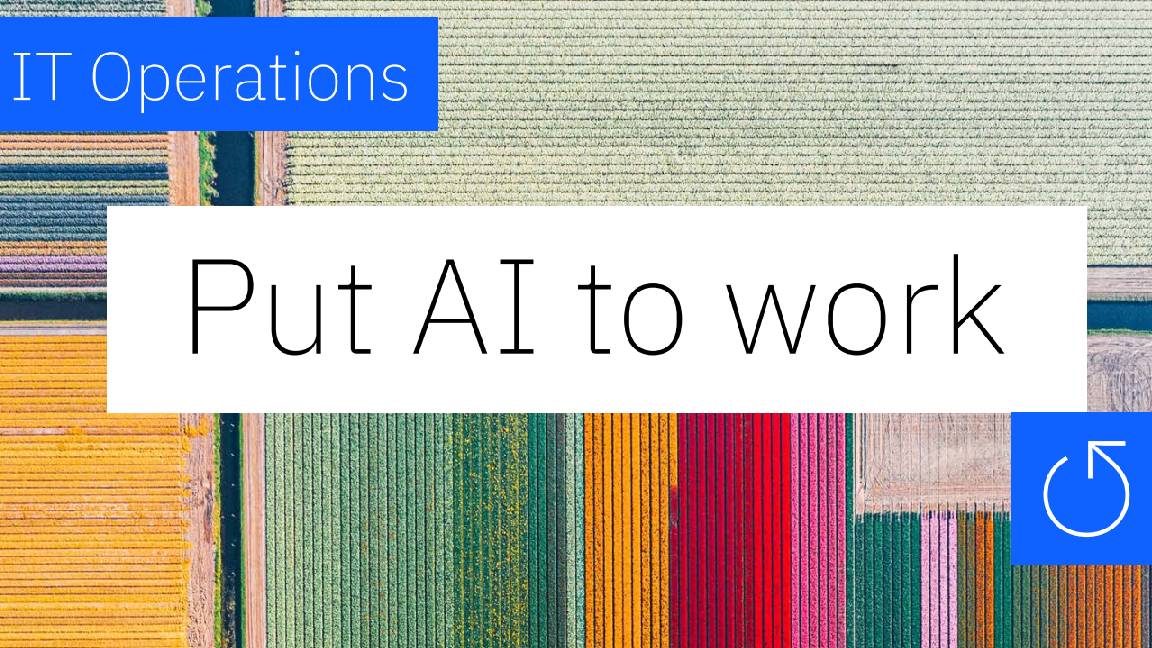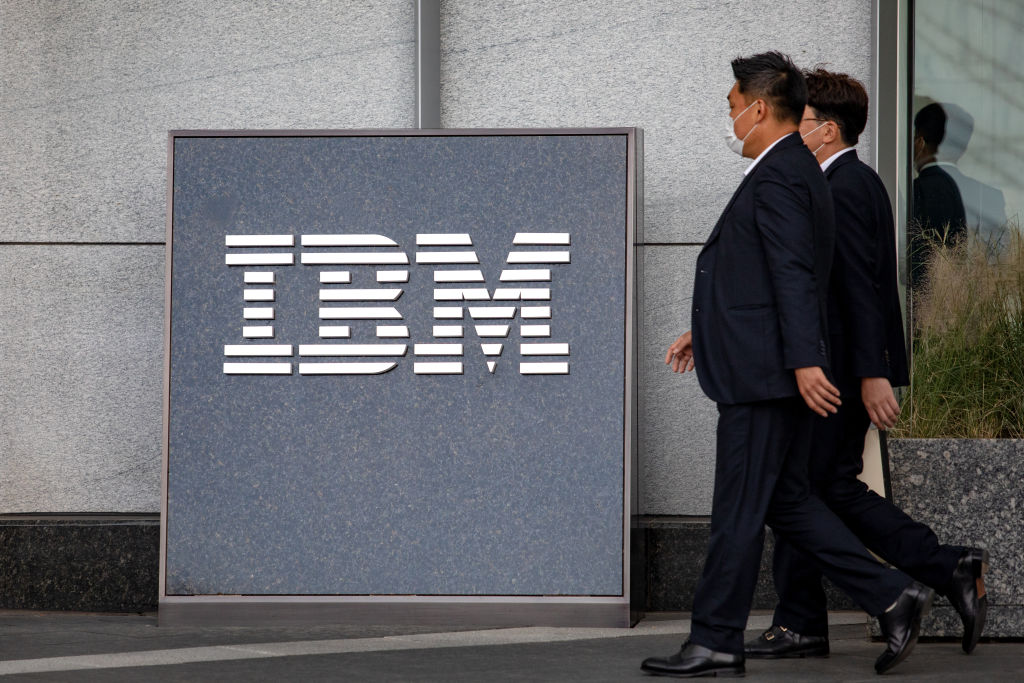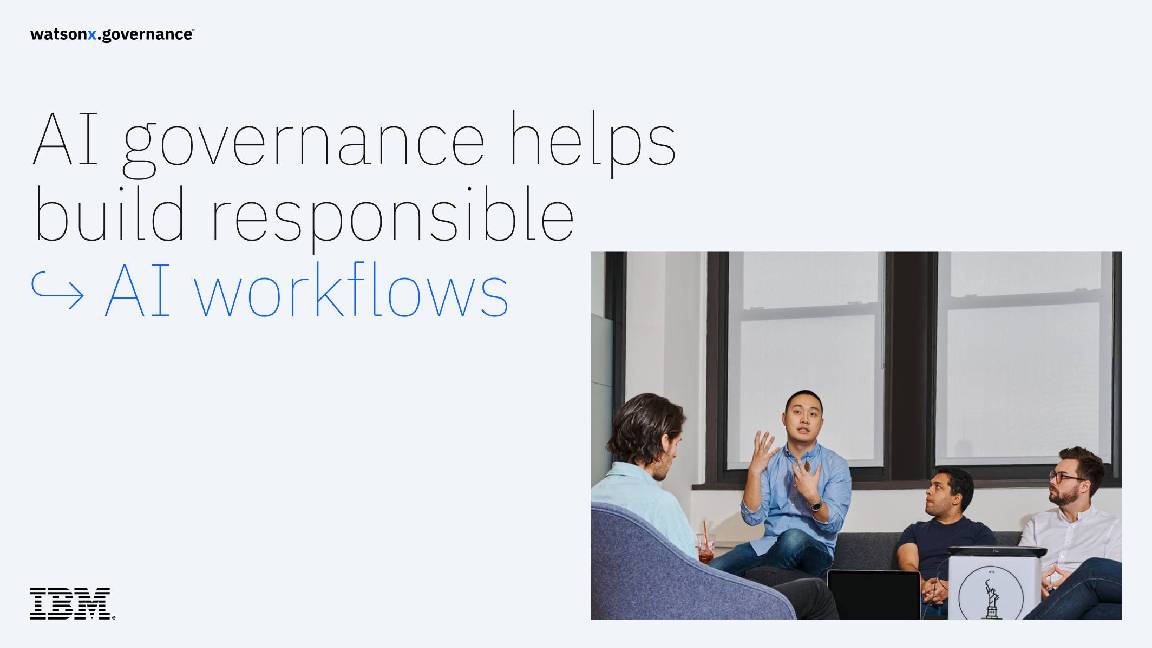IBM’s big plans for cloud computing
Ambition is an impressive thing, particularly when a desire for world domination is combined with existential survival

Four heavyweight tech companies are translating that ambition into investments in their cloud computing services: IBM, Microsoft, Amazon and Google are all expected to spend more than $1 billion annually on their global networks in the coming years.
Even more important, however, is that all the companies are developing knowledge through their cloud services of how to run truly huge Internet-based computing systems systems that may soon be nearly impossible for other companies to match. If any other company is thinking of entering the business, like China's Tencent, for example, they'll need to move fast or come up with something revolutionary.
IBM's response? You ain't seen nothing yet.
In 2014, the company will make a series of announcements that will shiver all challengers, according to Lance Crosby, chief executive of SoftLayer, a cloud computing company that IBM purchased earlier this year for $2 billion.
More than 100 products, like e-commerce and marketing tools, will be put inside the cloud as a comprehensive series of offerings for business, Mr. Crosby said. So will another 40 infrastructure services, like big data analysis and mobile applications development.
"It will take Amazon 10 years to build all of this," he said. "People will be creating businesses with this that we can only dream about."
Maybe. IBM already claims to lead in cloud computing revenue, with $1 billion in revenue in the past quarter alone. That's impressive, though that revenue includes revenue from software that used to be attributed to a different category at the company. And some of the revenue is being generated by companies IBM recently acquired, including SoftLayer.
On many other fronts, such as the number of machines it operates, the number of major companies running big parts of their business on IBM's public cloud, and the new technology it appears to have built for cloud computing, IBM is arguably the laggard among the top four providers. As the SoftLayer purchase indicates, it has had to buy big for what the others have mostly grown internally.
What IBM does have, however, is a lot of money and resources it plans to throw at cloud computing. And given its experience in the early-1990s, when it faced a near-death experience after missing a major technology shift, the company may also have a belly for a swift change.
The big push will begin in February, Mr. Crosby said, with a formal inauguration of its new cloud offerings by Virginia M. Rometty, IBM's chief executive.
IBM has also deployed 400 employees to OpenStack, an open source software project with more than 200 corporate members that goes after much of the proprietary cloud systems of Amazon, Microsoft and Google. This seems much like IBM's involvement a decade ago in Linux, which helped that open source operating system win corporate hearts and minds.
In addition to the consolidation of online software and services, Mr. Crosby said, IBM is "absolutely" looking to sell its big mainframe computing capabilities as a cloud-based service. It also plans to draw on the insights it has gained from building and licensing technology used by Microsoft in the Xbox gaming console, and Google in its own network operations, he said, and will make more acquisitions for the cloud business.
"We make the processors in Google's server racks," he said, "We understand where gaming is going. Before I got here, I thought this was a big old tech company, too; I didn't see all of the assets."
It's true that IBM is big. And, it is also a tech company. And undeniably 102 years old, which makes it both a survivor and a creature of successful processes. Mr. Crosby has two bosses between him and Ms. Rometty, and numerous executive vice presidents above him that may agree on the eventual future, but have their own views about the speed with which they'll move there.
Get the ITPro daily newsletter
Sign up today and you will receive a free copy of our Future Focus 2025 report - the leading guidance on AI, cybersecurity and other IT challenges as per 700+ senior executives
ITPro is a global business technology website providing the latest news, analysis, and business insight for IT decision-makers. Whether it's cyber security, cloud computing, IT infrastructure, or business strategy, we aim to equip leaders with the data they need to make informed IT investments.
For regular updates delivered to your inbox and social feeds, be sure to sign up to our daily newsletter and follow on us LinkedIn and Twitter.
-
 Cleo attack victim list grows as Hertz confirms customer data stolen
Cleo attack victim list grows as Hertz confirms customer data stolenNews Hertz has confirmed it suffered a data breach as a result of the Cleo zero-day vulnerability in late 2024, with the car rental giant warning that customer data was stolen.
By Ross Kelly
-
 Lateral moves in tech: Why leaders should support employee mobility
Lateral moves in tech: Why leaders should support employee mobilityIn-depth Encouraging staff to switch roles can have long-term benefits for skills in the tech sector
By Keri Allan
-
 Put AI to work for IT operations
Put AI to work for IT operationswhitepaper Reduce the cost and complexity of managing hybrid applications
By ITPro
-
 AI in the retail industry is spreading beyond the IT department
AI in the retail industry is spreading beyond the IT departmentNews AI has become a strategic imperative for retailers, delivering marked productivity gains
By Emma Woollacott
-
 Maximizing contact center operations with generative AI assistants backed by responsible AI principles
Maximizing contact center operations with generative AI assistants backed by responsible AI principleswhitepaper Reduce the cost and complexity of managing hybrid applications
By ITPro
-
 IBM just launched powerful new open source AI models – here’s what you need to know
IBM just launched powerful new open source AI models – here’s what you need to knowNews Available under the Apache 2.0 license, IBM's Granite 3.0 models are trained on enterprise data and can out-perform the competition
By Emma Woollacott
-
 Achieving business outcomes with generative AI
Achieving business outcomes with generative AIWebinar Take your hybrid cloud journey to the next level with generative AI
By ITPro
-
 Wimbledon’s new Catch Me Up AI feature promises to keep fans up to date at the tournament – after it irons out some of the wrinkles
Wimbledon’s new Catch Me Up AI feature promises to keep fans up to date at the tournament – after it irons out some of the wrinklesNews The latest feature to come out of IBM’s partnership with Wimbledon will keep fans engaged from the early stages right through to the final with dynamic player insights
By Solomon Klappholz
-
 AI demands new ways of data management
AI demands new ways of data managementwhitepaper The data leader’s guide for how to leverage the right databases for applications, analytics and generative AI
By ITPro
-
 AI governance for responsible transparent and explainable AI workflows
AI governance for responsible transparent and explainable AI workflowswhitepaper Build greater trust in your AI
By ITPro
